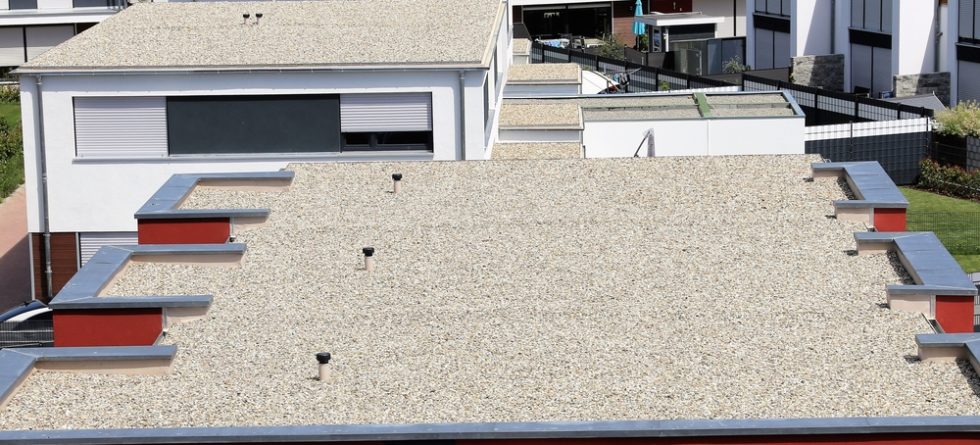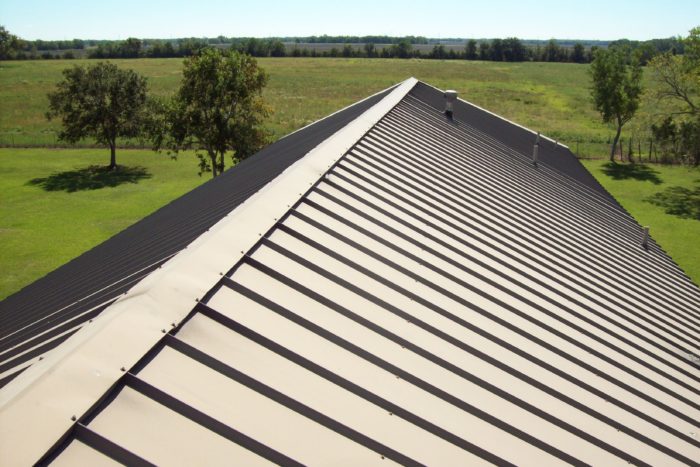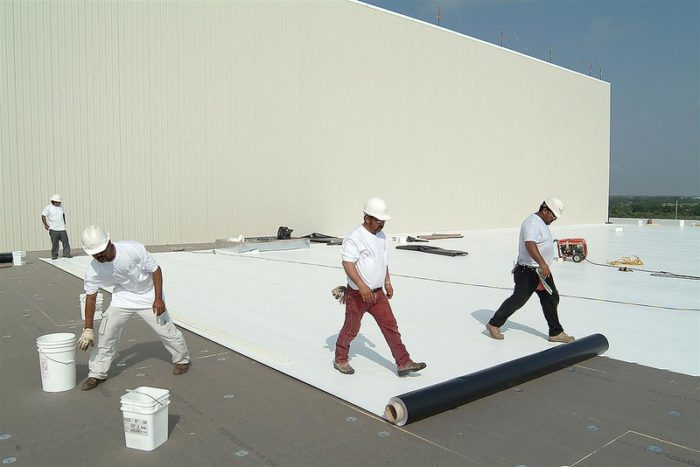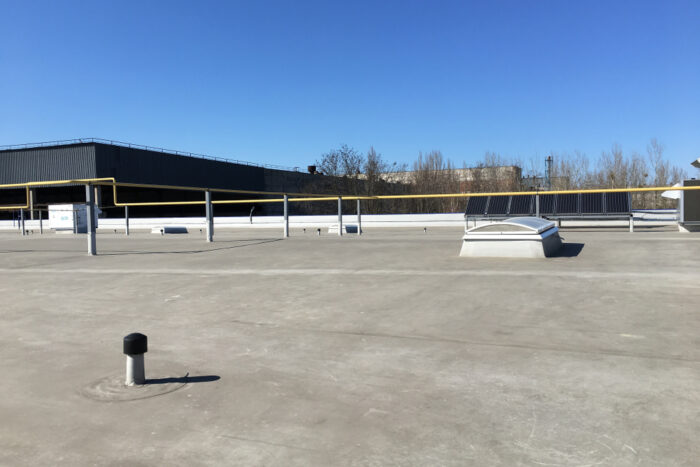What Is A Ballast Roof?

A ballast roof uses large stones or pavers to hold down the roof membrane without using adhesive, allowing for easier repairs and maintenance.
Ballast roofs offer several advantages, including…
- Durability – The ballast layer helps to protect the roofing membrane from damage and extends its lifespan by reducing exposure to UV radiation and weathering.
- Low Maintenance – Ballast roofs require minimal maintenance compared to other flat roof systems since there are no adhesives or fasteners to inspect or replace.
- Energy Efficiency – Depending on the type of ballast material used, ballast roofs can provide thermal mass, which helps to regulate temperature fluctuations and improve energy efficiency in the building.
- Fire Resistance – The non-combustible nature of the ballast material enhances the fire resistance of the roof system, providing an additional layer of protection for the building.
Ballast roofs also have some drawbacks, including the potential for the ballast to shift or settle over time, which may require periodic adjustment or replacement. The weight of the ballast can add structural load to the building, so it’s essential to ensure that the roof deck and supporting structure are designed to accommodate the additional weight.





Leave a Comment